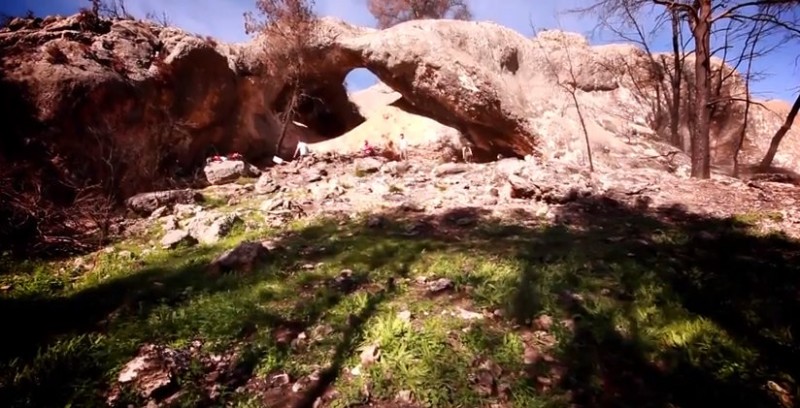article_category
CIEZA, HISTORICAL BACKGROUND
For more articles select a Page or Next.

Cueva del Arco in Cieza, prehistoric art and a site which was occupied by in Neanderthal times The Cieza caves may help explain how and why the Neanderthals died out The Cueva del Arco in Cieza is a spectacular rock formation where a large arch has been formed by erosion, hence its name, and the caves in the area are also home to some of the finest..

History of Cieza 7,000 years of agriculture in this fertile valley The municipality of Cieza has a long and interesting history, its benign climate, geographical location, fertile plains, porous rock which created numerous caves to offer natural shelter and abundant water..

The Argarics in MurciaThe Argaric culture was present in Bronze Age Murcia between 2200 and 1550 BC The Region of Murcia is rich in archaeological sites, this part of Southern Spain attracting a number of cultures throughout its history, drawn by the abundant natural resources.. 12/10/2012

The Order of Santiago in MurciaThe Order of Santiago (1243-1856) Santiago is the Patron Saint of Spain, and is known as Saint James in English. The Order of Santiago is associated with a red cross, its tail displayed as a sword, the heraldic term for this being a fleury fitchy, and a scallop..

The Iberians 750 BC to 1st Century BC Definition of Iberian culture in Murcia, 750 BC to around 1st Century BC Traces of the Iberian culture are found time and time again across the Region of Murcia, yet this culture is something that´s quite difficult to define in narrow terms as it..
For more articles select a Page or Next.
Contact Spanish News Today: Editorial 966 260 896 /
Office 968 018 268

























